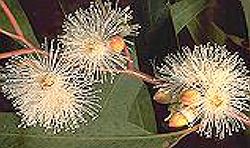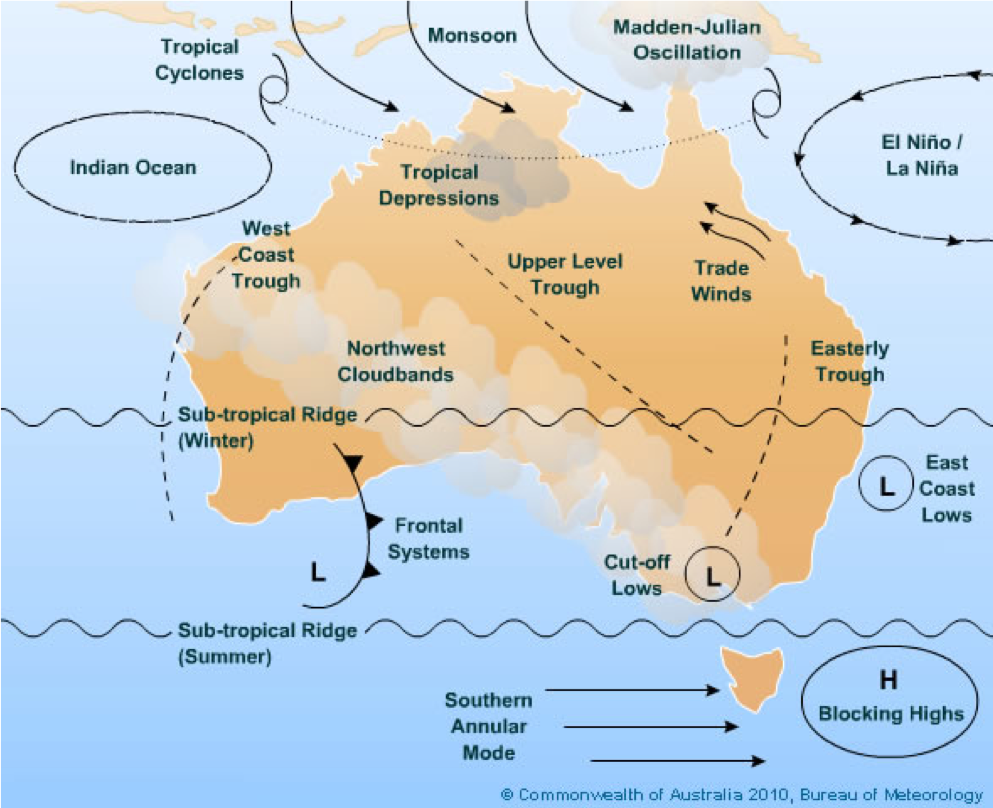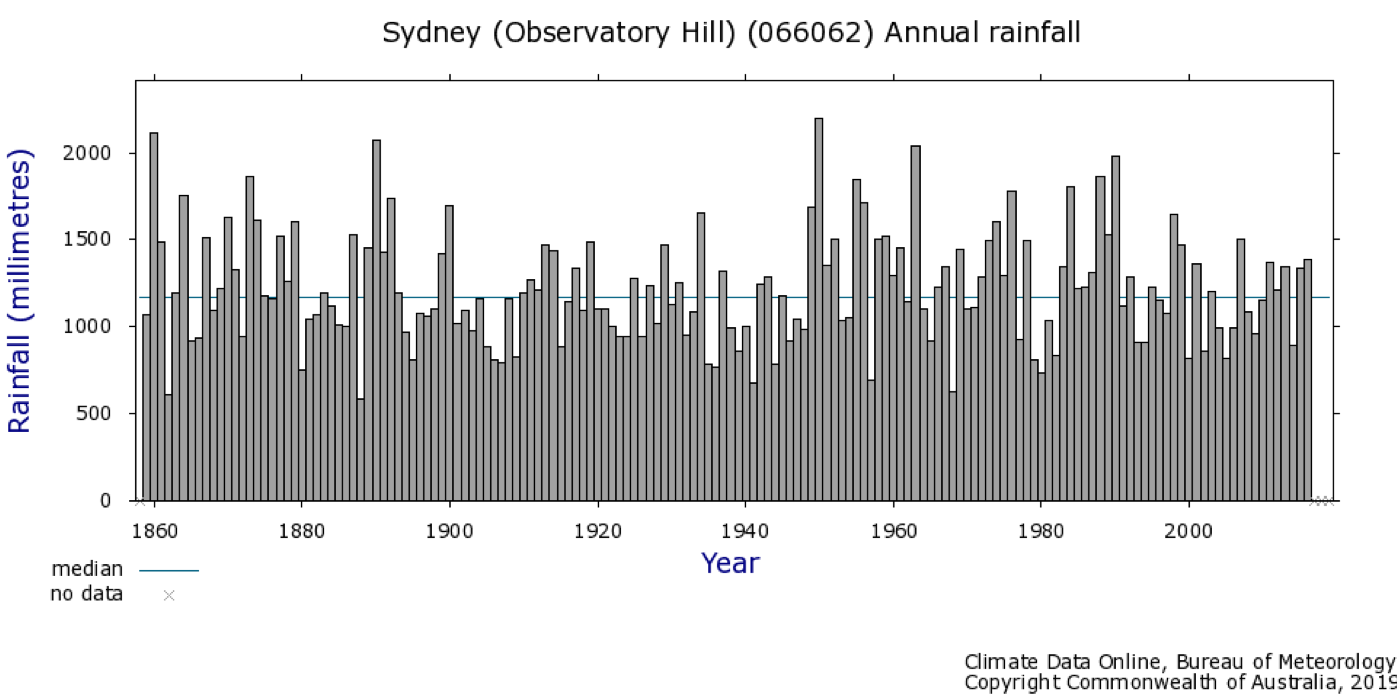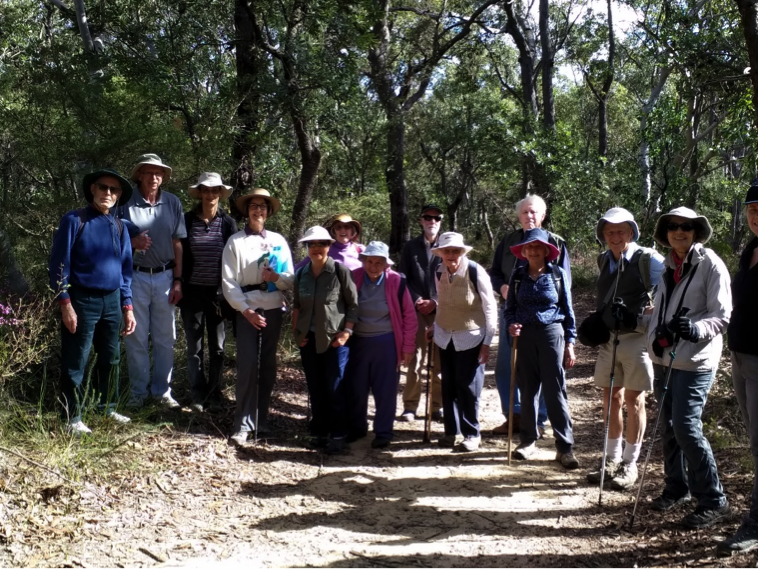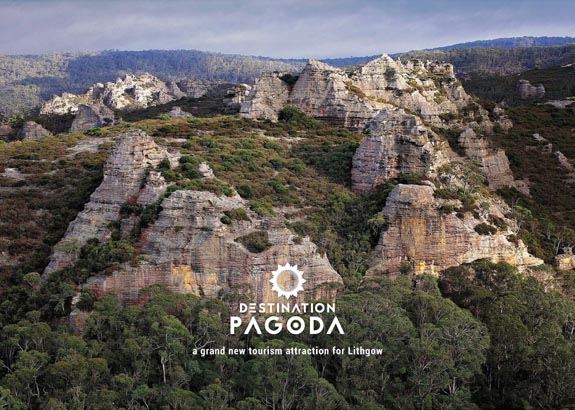| Parramatta and Hills District Group |
Group News 2019 |
Weather and Gardening – When Will It Rain?On 28th September Julie Evans, a retired meteorologist, gave us an excellent explanation of the factors affecting weather in Australia, and how to view weather information available from the Bureau of Meteorology. Australia’s weather is the result of many factors. Looking at a world map it is obvious that, while the Northern Hemisphere contains huge land masses, the Southern Hemisphere is largely ocean. The existing land masses in the south are mostly a very long way from Antarctica. Prevailing winds are not interrupted by land masses, and ocean temperatures with their associated winds have huge effects. In equatorial areas, warm humid air ensures significant rain. Nearer the poles lies the turbulent frontal zone ensuring regular rain. Between these broad weather zones lies the subtropical high-pressure belt where the land masses are much drier, particularly around 30degree latitude. In the northern hemisphere this latitude crosses the dry areas of Northern Africa and the Middle East. In the south this latitude is right across Australia, a little south of the NSW-Queensland border. Australia is a dry continent. Ocean temperatures with the associated winds in both the Pacific and Indian Oceans greatly affect Australia’s weather. The Pacific Ocean changes affect Eastern Australia, particularly NSW, causing the systems known as El Nino and La Nina. In El Nino changes in Pacific Ocean temperatures cause rain-bearing winds to miss Australia, leading to higher land temperatures and less rain, especially inland. In La Nina the rain-bearing winds reach Australia resulting in good rain. Sometimes there is too much rain, causing flooding. Australia’s rainfall has always been very variable, with extremes of wet and dry.
Looking more locally, our land masses affect weather. Australia does not have the high mountain ranges found in the northern hemisphere. For rain to fall, moist air currents need to rise. Mountains force prevailing winds to rise suddenly. In NSW we have the Great Divide running roughly parallel to the coast and not far inland. Humid winds from the Pacific Ocean to our east, particularly in summer, tend to get forced upward on the Great Divide and trigger rain. On average, coastal NSW has a much higher rainfall than west of the Divide. Even the North Shore ridge catches humid air, and Turramurra has the highest annual rainfall in Sydney. On the other hand, the Warragamba Dam catchment lies in a relatively dryer region, although its large area usually manages to maintain dam levels. Inland NSW needs humid air crossing from Western and South Australia to get rain. These winds are largely during winter and spring. In recent years these humid winds have remained too far south, missing most of the Australian land mass. This is worsening the current severe drought in Eastern Australia. It is adding to the effects of the current El Nino.
Julie then diverted our attention to local weather and particularly to the vast amount of information available on the Bureau of Meteorology website, if you know where to find it. Looking at a weather map, our best chance of rain in Sydney is when there is a low pressure area around central NSW and the high pressure area is way down south. Currently there are too many highs too close to us. On the Bureau’s website there are very detailed weather records and much information predicting weather outcomes in the near future. Obviously the accuracy of prediction varies with how far ahead it is. Weather can change unpredictably despite the best predictive science. For today or tomorrow, predictions are remarkably accurate, as in MetEye which gives localised information including the likelihood of rain every few hours. A great deal of predictive information is provided for specific assistance to agriculture and shipping especially. Julie has given us a list of particularly helpful links for this website. Our members found this talk extremely enlightening and helpful, and thanked Julie enthusiastically. Berowra Valley National Park Wildflower Walk - 27 July 2019Led by Jennifer Farrer
On a beautiful sunny July day, we met at Trevors Lane, Cherrybrook, for a gentle bushwalk in Berowra Regional Park, to see the early show of spring flowers. The terrain is Hawkesbury sandstone ridgetop with extensive rock platforms and deep gullies through which run Berowra Creek and its tributaries. The soil on the ridgetop is sandy loam. The vegetation on the ridgetop is Hills Sclerophyll Sandstone Forest. We identified >40 species in flower and we probably missed some more. We took a leisurely few hours walking the track, taking great delight in spotting the different flowering plants and trying to identify the species. GARDENS of STONE PRESERVATION 22nd June 2019 Keith MuirAt our meeting on 22nd June, Keith Muir fired up our group with his description of the unique, amazing Gardens of Stone. This area is just west of the Blue Mountains National Park, and its southern edge is close to Lithgow. The area contains large rock formations weathered into a myriad of fantastic shapes. They are referred to as pagodas. The rock is a mixture of ironstone and sandstone which weather at different rates. The fantastic shapes are the result of the sandstone weathering much faster than the ironstone. Keith Muir is the executive director of the Colong Foundation. This organisation has worked long and hard to ensure the preservation of areas of our unique wilderness, including the Gardens of Stone. For many years there has been no headway with the push to declare more of the Gardens of Stone as national park, largely because of active coal mining leases there. More recently the Colong Foundation has changed tack. The current proposal is to increase the tourist potential of this most scenic area, which would offer the city of Lithgow a much-needed economic boost. The area, currently state forest, could be declared a Conservation Area under the care of National Parks. “Responsible mining” (whatever that is) would still be allowed. State Forests has no objection, as there is minimal suitable timber for harvest. The local aboriginal group are happy, as their important and sacred sites would be protected from development. Keith Muir and his group have presented this as offering economic renewal to the community. Tourists would seek meals, drinks, souvenirs and craft items. Lithgow Council is starting to listen. As well as the geology, the Gardens of Stone includes many endangered species of plants, as well as frogs, reptiles and birds. Keith then showed a wonderful documentary video highlighting the magnificent scenery, before being plied with questions. A number of us plan to visit this area, maybe after winter. It must be very cold there now. Pip Gibian
FUNGAL FIELD STUDY, WENTWORTH COMMON, Sydney Olympic Park, 11th May, 2019Coordinators: Elma & Ray Kearney GPS: S 33° 50.271 E 151° 04.418; Members and visitors in attendance: 16 The weather had been dry and windy while cool temperatures were typically mid‐autumn. Fungi fruiting was well below optimum and was confirmed by this field study. We were gladly joined by enthusiastic members of the Parramatta Hills branch of the Australian Plant Society. Leading the group was Tina Hsu, Ecology Project Officer, Sydney Olympic Park Authority (SOPA). We are grateful to Tina who not only guided us through the different habitats but arranged all‐day free parking passes for attendees. Field Study Report (pdf)
‘Cooperation between animals, Plants and Fungi in Nature’ by Ray and Elma Kearney - 27/04/19Ray and Elma call themselves "Citizen Scientists" and have discovered numerous new species over the years during their weekly bushwalks including nine new species of fungi as well as two new species of wasp. Meeting Report - Co-operation among plants, animals and fungi in Nature (pdf) The dreaded Red Spider Mite (pdf) |
